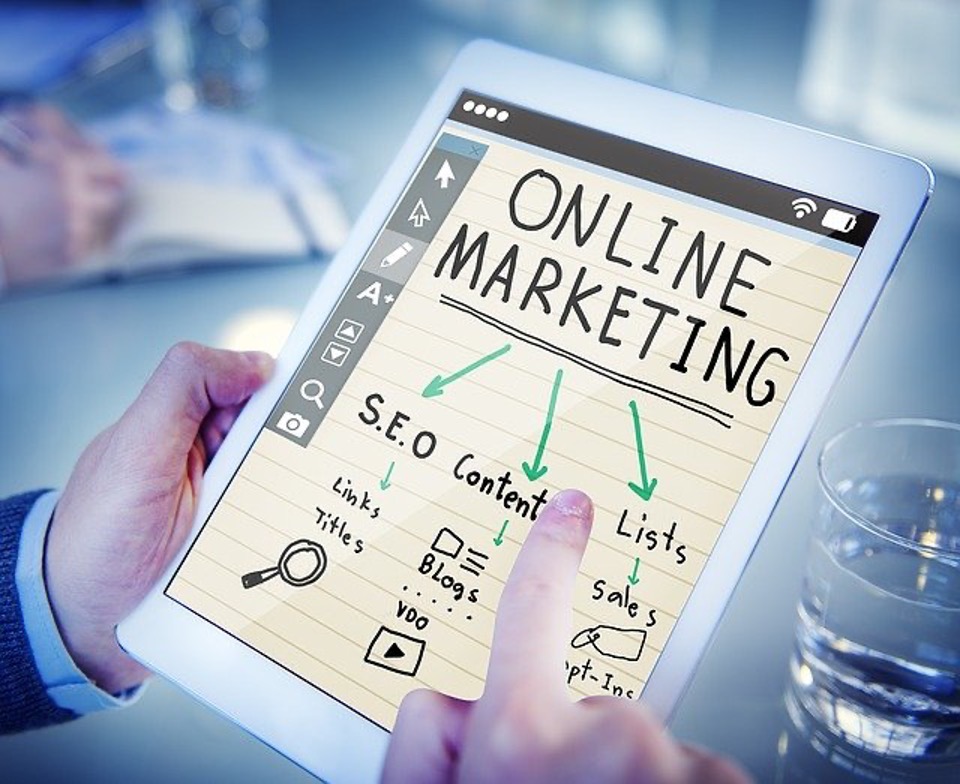You’ve decided to start your own business. Maybe you want to create a business related to your profession, or perhaps you have a new side business that you want to scale. Either way, you probably want to reach a bigger audience than you were able to before. The problem is that you don’t have much time to invest in getting your business ready to the point where you can make it a success, so how do you reach people?
Get Online
Perhaps the most critical first step to take is to get online and create a website that can serve as your business card and primary location where you make sales. This is vital for all industries, but especially so if you are selling products. Ecommerce is how people shop these days, and the COVID-19 pandemic accelerated the already increasing growth. What are the steps to get set up?
Buy A Domain Name
A domain name is a unique string of characters that you use to identify and reach your website. It is also known as a website address or URL. Your URL is the address where people can find you online.
Create A Website
Having a domain name allows you to begin setting up your website immediately. You have various choices in this regard, but the simplest is to use a Content Management System (CMS). Content management system software is used to manage and organize content on a website. Sites with CMS typically include more functionality and information than the standard website template. In other words, they have more features. However, you can go down the custom-designed and coded route if your business is more complex. The primary choices you have to include:
- Custom: A custom website will be more expensive to build and operate, but it can be set up exactly how your business needs it to be. This option is most suited for companies that offer Software as a Service (SaaS) and need to allow their customers to use the software online. However, any company can set up a custom site; it just depends on what you want to get from it.
- WordPress: The most popular CMS worldwide and extremely straightforward to set up and maintain. The main downside is that it is a jack of all trades and master of none. Nevertheless, it is a fantastic choice if you are bootstrapping your startup and want to get online as quickly as possible.
- Shopify: A prevalent choice for eCommerce-style businesses. It is simple to use and scale up but can become expensive the more you scale up.
Focus on Future Trends
Websites are only one piece of the puzzle, and you will need to move with the latest trends to get in front of the most people. In this regard, Progressive Web App (PWA) technology is taking the world by storm. You will need to hire a PWA development company to set it up but once set up; you will be astonished by the quality and quantity of traffic you receive. This tech has several benefits over a standard website, and due to people consuming data via their smartphones, it has a much broader reach. The top advantages include:
- Extremely fast to load and serve information to your customers.
- It can be built once and then run on several different devices, adapting to each device perfectly.
- Customers can use them offline. This is huge because potential customers can still browse your business without needing a data connection.
- Users can install it to their devices like a native application. This allows them to access it more efficiently rather than needing to open a web browser each time.
- You can set a PWA up to send notifications to existing customers. This can build brand awareness, and you can put offers directly in front of them.
Get Your Social Media Game On
Social media is another part of the puzzle for promoting your startup to the relevant audience. They have become a significant part of business, and businesses have been using social media to build their reputation. Large and small businesses have used platforms such as Instagram, Twitter, YouTube, and Facebook to promote their brands and interact with their audiences.
This is often the first platform that you should go to when setting up. There has been a lot of talk about how it has a declining user base and that younger generations are moving elsewhere to more trendy platforms. Nevertheless, Facebook remains the place to be to set up a profile and integrate with your new website. You can use Facebook to keep your customers updated about your company’s progress.
Adverts: You will need a Facebook page to set up ads. Adverts are essential to the success of your new enterprise because, when done correctly, they can push it up to a critical mass whereby you can begin to get noticed organically.
Due to Instagram being owned by Facebook, you can create an account here and advertise across all their properties (including Messenger). However, you should use Instagram only if it aligns with your offerings. Many companies feel they must create accounts on every platform available, but this is not the case. If you are an eCommerce business or another industry that can benefit from Instagram’s image-centric style, this service is excellent for you.
Another great platform to set up a profile with is Twitter. Love it or hate it, this social media giant is used every day by millions worldwide. Lots of famous brands have used it as part of engaging viral campaigns. You can also use it as a direct conduit to your customers. This is due to twitter’s rapid form of conversion by which you can almost have a personal conversation. Twitter is a fantastic place to build up brand loyalty over time and introduce new products and services.
It is essential to have your products online so that you can reach potential customers. As you stay up to date with the latest technologies, such as PWA, and play the social media game correctly, you will see rapid growth in your business.



